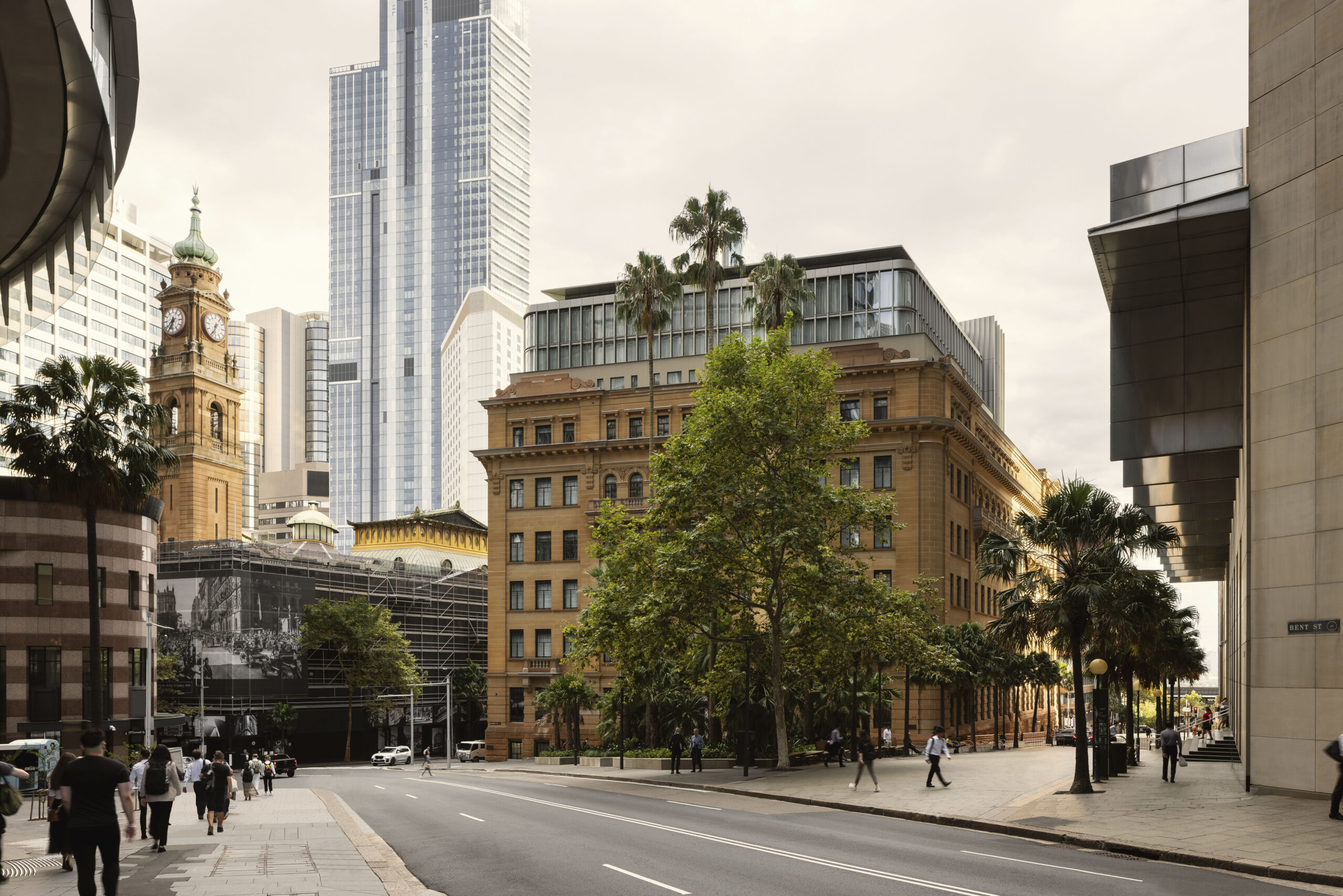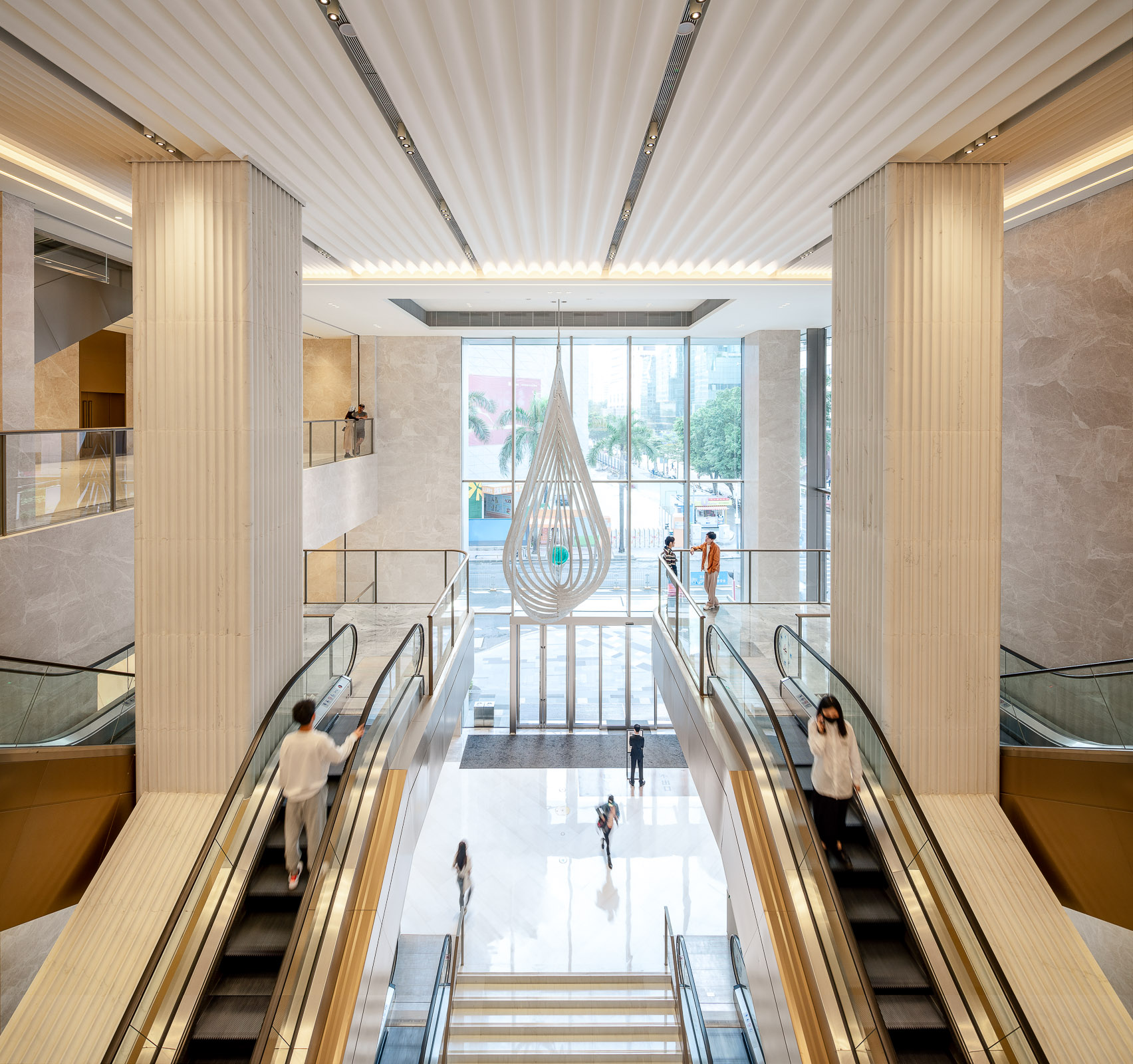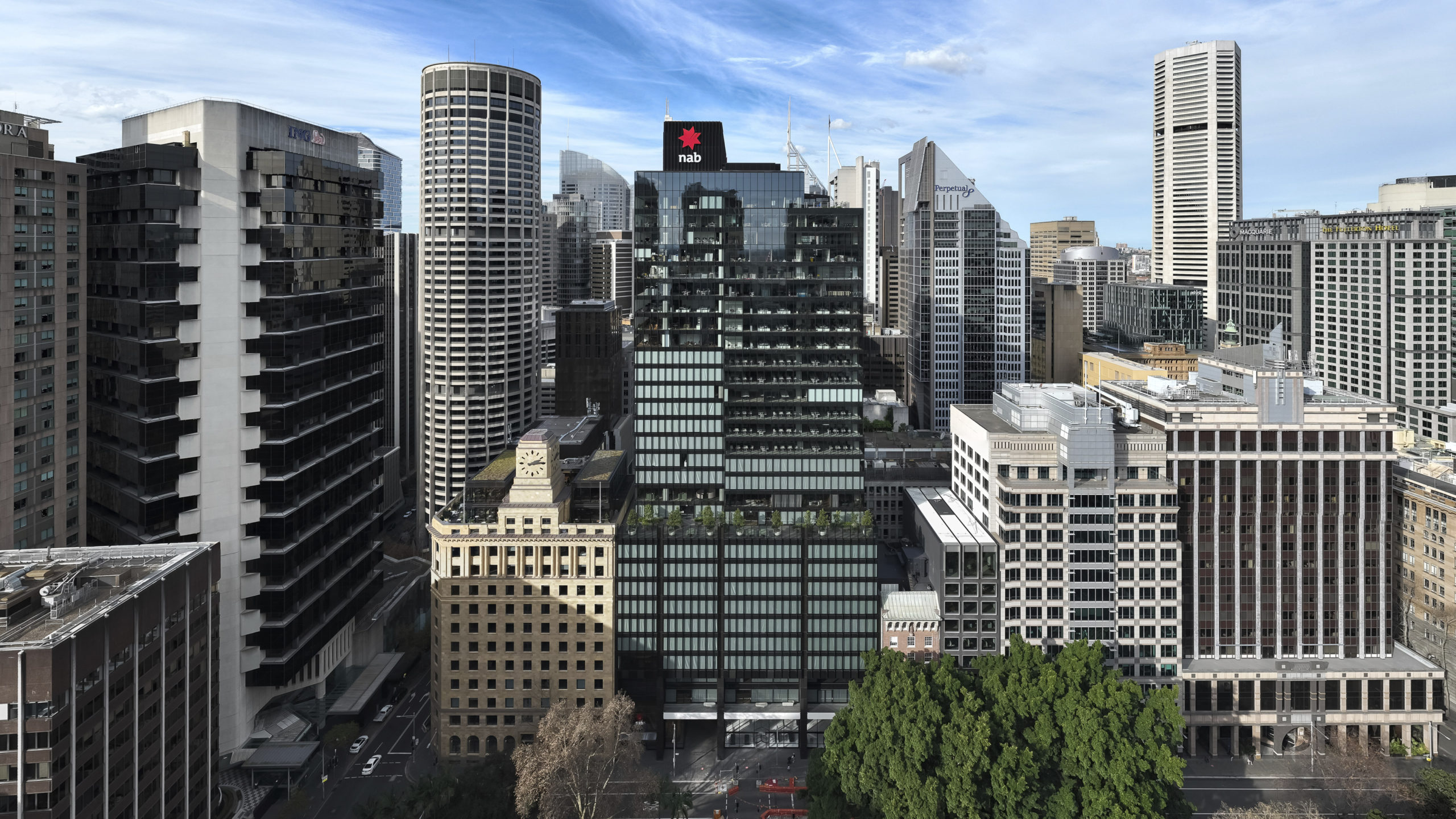
Tech change
In a world where computers can be as dangerous as arms, where major elections are won or lost on the battlefields of social media networks, it is the heart of Central Europe that holds the three major cybersecurity companies: Eset, Avast and AVG. Just recently Eset detected the source of the attack on Tesco Bank that took away money from the accounts of 9,000 customers. These companies are global, but with owners and headquarters located in the region, they support the business environment and invest a lot in local real estate projects – like the famous Savoy-Carlton Hotel, in the heart of Bratislava, which was bought by the owners of Eset this year.
If you want to understand the transition this region is going through, just think about other companies – for instance Prezi, a Hungarian software firm that offers a world-class way of making presentations, or Pixel Federation, a Slovak gaming studio whose TrainStation game has over 20 million players worldwide. These businesses have grown from local backgrounds but enjoy the opportunities of the global digital market. They are part of the driving force behind the new development of the local environment.
Starting out in the mid-90s, there was no state aid, no push from universities. Just a bunch of local entrepreneurs with global know-how and some money they earned thanks to the business opportunities presented by the marvellous new world wide web. They understood the power of sharing knowledge, contacts and money, and supporting others to develop interesting new ideas.
After a couple of years, supporting a start-up became a sexy hobby for local businessmen, big corporations and even governments. The EU’s Joint European Resources for Micro to Medium Enterprises (JEREMIE) programme supported the biggest venture fund in Slovakia, pledging €16 million, while Vienna and the Austrian government offer incentives to the Pioneers Festival, which also gets backing from Red Bull’s Austrian co-founder, billionaire Dietrich Mateschitz. South Moravia in the Czech Republic has a great municipality programme for start-ups called JIC. But the core of this movement is entrepreneurs. Nowadays, it’s not just about money but also the talent to execute an idea.
Business engine for development
So how do the region’s cities cope with this fresh wave of economic activity? Of course Vienna regularly enjoys the top spots in many rankings of standard of living, but what about Budapest, Bratislava, Brno? They’ve been all going through massive development, and though the old hearts of these towns will keep their spirit, some of the newer parts will completely change.
As towns attract more and more millennials, some of the old parts will get a much-needed revival. Just think about the famous ‘ruin pubs’ in Budapest’s District VII (the old Jewish Quarter), very close to Andrássy Avenue, a main high street of the Hungarian capital. These formerly empty buildings have been turned into bars (often doubling as cultural venues) that are now an important part of the city’s nightlife and have helped to revitalise the district.
As businesses grow and towns need more offices, some of the brownfields in the region are being completely redeveloped. The best example is the Mlynské Nivy quarter in Bratislava, which used to be occupied by old industrial halls but now will host major blue-chip brands, including Swiss Re, Microsoft, Accenture and PwC. Many of them are bringing their ‘shared services centres’ to Slovakia, employing tens of thousands of people in the country.

Danube Valley vision
In case you get lost in this fast-moving new world of Central Europe, you still have the leading navigation company Sygic, based in Bratislava, sitting in the new heart of the town. However, not even the best navigation can solve the problems of infrastructure and transportation. These will continue to be main issues for all the countries coming out of the old socialist era. It will take a lot of public investment and skills to find smart solutions.
Bratislava’s EU funds are mostly limited to infrastructure projects outside of the most developed towns, and after 2020 they will shrink anyway. Money will then have to come from public funds, or private developers will need to calculate extra costs into their projects, a trend you can already see in Bratislava.
Of course you can still be a dreamer, because at the outskirts of Bratislava AeroMobil is building a plant for its flying car. Who knows, maybe we’ll have self-flying cars in the near future that will bring these four countries of the Danube Valley even closer. (A more likely scenario is that they might help people in places like China, Africa or Australia, where infrastructure is often lacking.)
Until then, with distances here easily accessible by car, a common history and a young generation with no borders in their minds, this place offers unique potential for the future. Some people say that the Habsburg Empire was the most prosperous period for this region. I say the coming one can offer much more.
Article extracted from Make Annual 13.































































































































































































































































